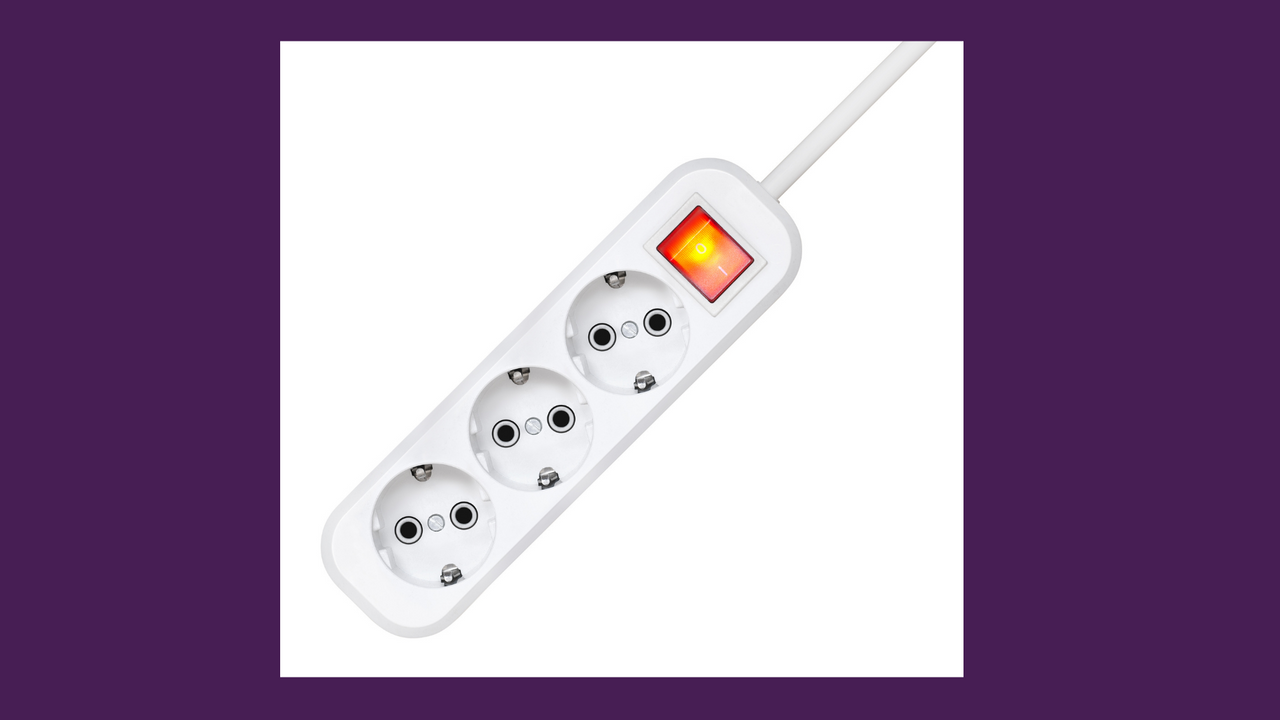Seven Business Plans and Tools Every Business Needs to Have and Use

Seven Business Plans and Tools Every Business Needs to Have and Use
Seven Business Plans and Tools Every Business Needs to Have and Use
I am sure that you have heard the adage; Failing to Plan is Planning to Fail. Yet too many businesses don't have practical working business plans. Most have a fanciful fairy tale they use for the bank, filled with rosy projections.
The plans businesses need will guide their response to the ever-changing business environment. These are real plans with actions to take for the entire company. These plans will serve as a real roadmap to the success you want to achieve for your company.
There are seven subjects we will discuss in this series. This article gives a brief description of each, and we will take a deep dive into each in later chapters.
Disaster Plan

The disaster plan is the one you hope you never need, but I am placing it first on the list because your company's survival will probably be at risk if you need it. Failure to have a good plan, when something happens, can cause you to lose years of progress and goodwill.
This document should be available to all managers 24/7. They should, at the very least, have an emergency checklist of where to start. If your plan is on a server that fails or in a building that just burned to the ground having the plan won't help.
PEST Analysis

I am not talking about calling the exterminator. The PEST Analysis is a detailed look at the business environment in four areas that may impact your business's future.
P is for the political environment. The impact of the political climate is more variable than the others. Some businesses can be hugely affected; other companies may not be affected at all.
E is for the economic environment. 2020 and the pandemic have shown us that events can have severe, long-lasting impacts on the economy and most business sectors. You will want to take a long look at what the experts say about the economy and the forces acting on it.
S is for the social environment. There are constant shifts in what people think and feel, and those changes could impact the sector of the economy where your business operates. Think about the increasing concerns surrounding global warming and how that changes the business environment for multiple sectors, some for good and some for worse.
T is for the technology environment. We can all think of items and businesses that have faded away because of technology innovation. For example, the cell phone has eliminated phone booths. Printers and computers have decimated the typewriter industry.
SWOT Analysis

The SWOT analysis examines both the internal and external forces that will shape your future. Completing the PEST Analysis first will help you be more thorough in your SWOT Analysis.
I highly recommend doing SWOT Analysis regularly. It is crucial if you are looking at adding new products or services.
S is for your company strengths. Primarily look internally, also examine your competitive strength in your market.
W is for your company weaknesses. Again, this would mostly be taking a look at things you need to improve internally. What could you improve?
O is for opportunities. Examining new opportunities may tie directly to things that you learned in your PEST Analysis. What areas could you increase your market penetration, your client penetration, or your geographic penetration?
T is for threats. What risks exist for your company? Examining threats also ties back to your PEST Analysis. What did you see on the horizon that might impact your market or your customers? What are your competitors doing that might cause disruption?
Five Year Plan
After completing the Analyses, it is time to stick a pin in the map for your business's destination. One of the premises in the book Seven Habits of Highly Effective People by Steven Covey is to "Begin with the end in mind."
So decide what you want your business to look like in five years. How many customers will you have, what will your revenue look like, what products will you sell and service?
1 Year Plan
Now that you know where you want to be in five years, the question is, what do you need to accomplish this year to be on course for your 5-year plan? What has to change in the next 12 months to get where you want to be?
Quarterly Plan
Once you know where you need to be at the end of the year, you can determine where you want to be at the end of the quarter, the month, and the week. Write out your plans for each quarter. You now have a plan to follow to get you where you want to go.
New Product/Service Plan
Moving forward and performing your Analyses regularly, you will hopefully find new opportunities. Before you act, you will want to plan out the process. Don't just dive in. Look for the rocks and plan your course with a New Product/Service Plan.
This plan will require both PEST and SWOT analyses. It needs an in-depth look at the impact on every area of your company.
This plan needs to include a market analysis, a sales and support strategy, and a clear understanding of the business model associated with either the product or service plan.
Not A One Person Project
All of these plans should be projects for the entire management team. With the overall strategy outlined, each manager should create a business plan for their team, identifying the needed resources and training.
After each team has completed their part of the plan, the team should compile the documents into a comprehensive plan. All participants should review this to see what adjustments might be needed.





